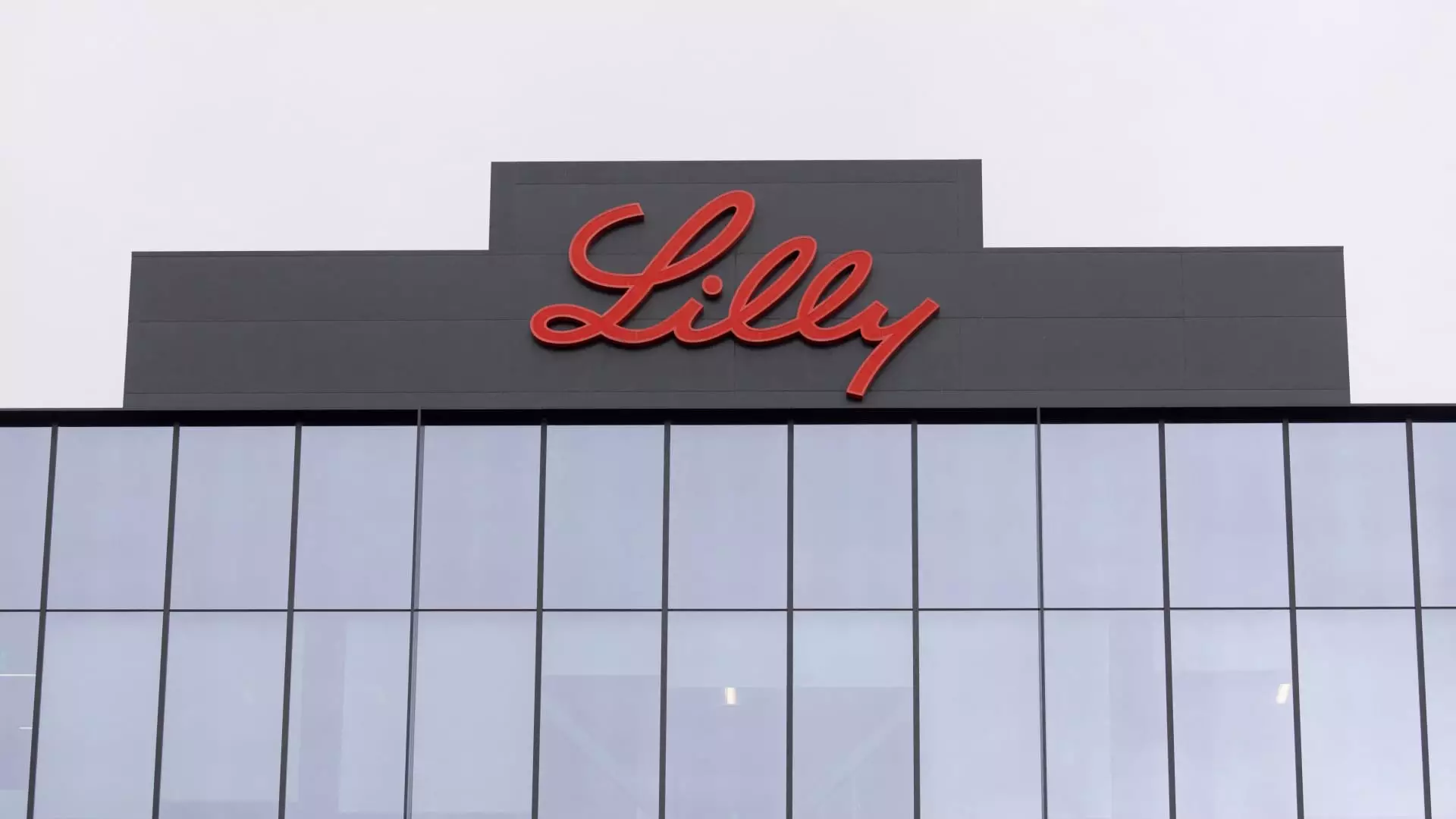Eli Lilly’s recent earnings report paints a concerning picture for investors, as the pharmaceutical giant missed both profit and revenue forecasts for the third quarter of the fiscal year. The disappointment was marked by a significant 10% drop in the company’s stock following the release of its financials. Key drivers of these underwhelming results include stagnating sales of its celebrated diabetes and weight-loss medications, namely Mounjaro and Zepbound. The decline in sales was primarily attributed to inventory adjustments within the wholesale channel rather than a drop in consumer demand, hinting at a more complex supply chain issue rather than a fundamental flaw with the products themselves.
In light of these results, Eli Lilly revised its full-year adjusted earnings guidance down to a range of $13.02 to $13.52 per share. This marks a substantial reduction from its earlier forecast of $16.10 to $16.60 per share, indicating the company’s ongoing struggle to maintain profitability amid rising operational costs and market fluctuations. Additionally, the company also lowered its predicted revenue ceiling, now projecting annual sales between $45.4 billion and $46 billion, down from a previous estimate that exceeded $46.6 billion.
One notable factor influencing these numbers is a $2.8 billion charge related to recent acquisitions, which highlights the financial pressure Eli Lilly faces as it attempts to bolster its product portfolio. This charge has led to questions about the effectiveness of its strategic investments.
Despite the profit challenges, it is important to note that Eli Lilly reported a 20% increase in revenue compared to the same period in the previous year, totaling $11.44 billion, although it fell short of Wall Street’s expectations of $12.11 billion. This growth, albeit tempered by recent setbacks, reflects the ongoing robust demand for Eli Lilly’s incretin drugs, which include Zepbound and Mounjaro. Both drugs are designed to support weight management and glycemic control by mimicking gut hormones, showcasing their popularity and therapeutic potential.
However, inventory management and supply issues have plagued the company throughout the year. The demand for these injectable medications has outstripped supply, necessitating significant investments from both Eli Lilly and its rival, Novo Nordisk, to enhance manufacturing capacities. As of now, regulatory organizations like the FDA have confirmed that all doses of Mounjaro and Zepbound are available after resolving earlier shortages, although challenges in prescription fulfillment at retail pharmacies remain.
As Eli Lilly navigates these complicated waters, the emphasis on addressing supply chain challenges and improving sales forecasting will be critical. While the company has delivered impressive revenue growth year-on-year, the downward adjustment in profit guidance and revenue expectations sends a strong signal to investors.
The key takeaway is that Eli Lilly must not only manage its immediate operational challenges but also strategize efficiently for future growth. With the competitive landscape becoming increasingly fierce, a focused approach on enhancing supply chains, optimizing production, and maintaining innovative marketing will be essential for the pharmaceutical giant as it strives to regain investor confidence and market stability.


Leave a Reply